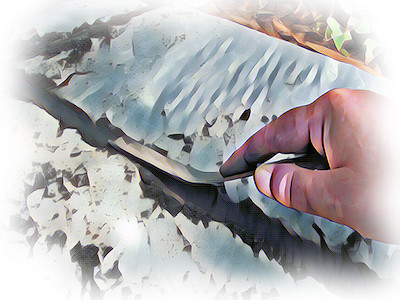Jointing with Cement Mortars
Cement mortars are the most commonly used when it comes to pavement construction. Simple sand and cement, with perhaps an additive or two to improve workability, and mixed with cold. But there are so many ways for it to be used, so many tools and techniques, and it can take a lifetime to master the necessary skills. What works best is explored in this section.
Jointing and Pointing for Stone Paving - Cement Mortars
Cement mortars are by far the most popular choice for jointing all forms of paving, but the ways in which cements mortars are used are many and varied. This page looks at the main choices.
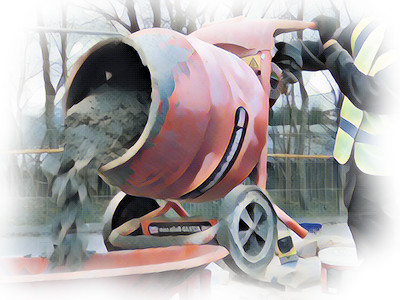
Jointing and Pointing for Stone Paving - Hand Pointing
This page considers the use of a standard sand and cement mortar to fill the joints between paving units using traditional hand tools such as a trowels and pointing irons. This skill is usually referred to as "pointing" but is also known as jointing or grouting.
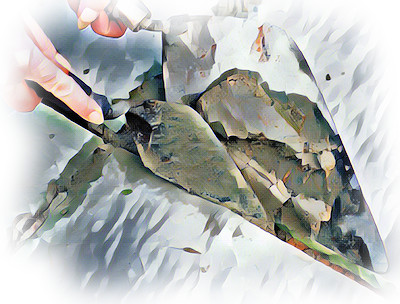
Jointing and Pointing for Stone Paving - Dry Grouting
Dry grouting is method of using a dry mix of sand and cement to fill joints in paving, and then rely on natural moisture to hydrate the cement content. Does it work? This page looks at it in more detail.
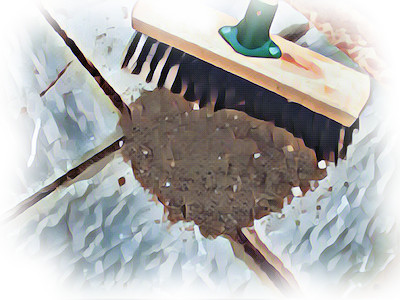
Jointing and Pointing for Stone Paving - Slurry Grouting
Slurry grouting, like wet grouting, uses a soup-like cement-based mortar to fill the joints of paving, but this method relies far more of proprietary mortars specifically developed to be used in this way. How good can it be?
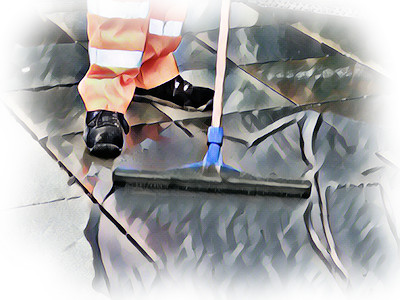
Jointing Paving with Steintec tufftop
Steintec tufftop is the leading cement-based jointing mortar for all forms of paving. This page considers its benefits and follows its use on a typical patio project.
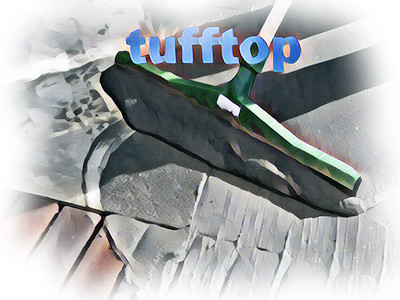
Jointing and Pointing for Stone Paving - Wet Grouting
Wet grouting as a method of jointing relies on using a standard sand/cement mortar in a soup-like consistency to flow over the paving and into the joints, with the surplus being washed away. This page looks at the method in more detail.
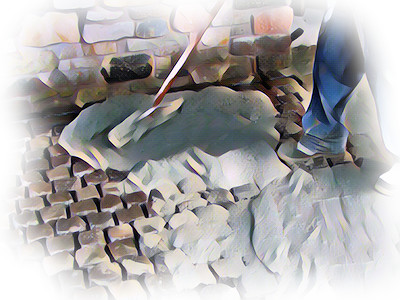
Jointing and Pointing for Stone Paving - Poured Proprietary Mortars
Simply pouring a wet mortar into open paving joints seems like an obvious solution, but can it be done? It can, but it needs a degree of skill and specially modified mortars to make it work well.
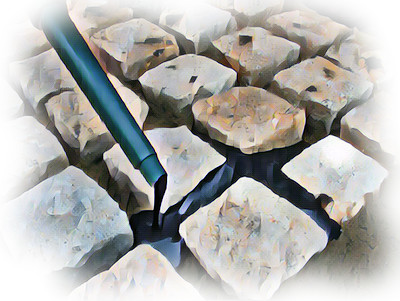
Jointing and Pointing for Stone Paving - Gun Injection Pointing
Gun-injection of jointing mortars may seem like a simple task, but it requires specially modified mortars and, of course, a specialist tool in the form of the gun. Just how does it work, and how well?
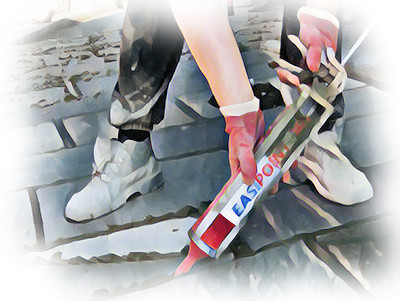
Pointing with Coloured Mortar
This page considers the preparation and use of an artifically coloured (dyed) cement mortar being used as a pointing material for sandstone flags. It covers the mixing of the mortar and the application of the prepared mortar using traditional tools.
